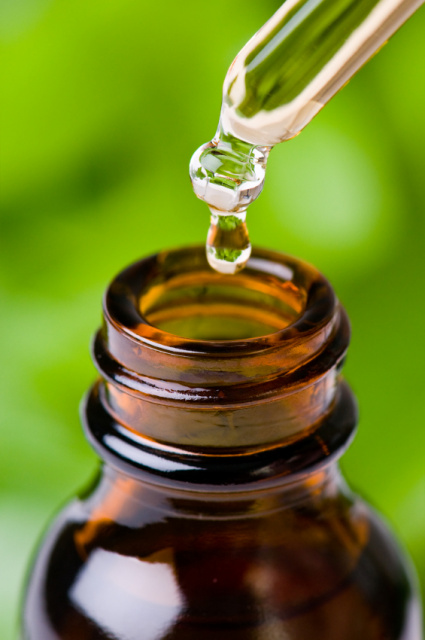
What is Epsom salt?
Epsom Salt or magnesium sulfate, is best known for…
1. Soothing and relaxing sore muscles
2. Drawing toxins from the body
3. A sedative and regulator for the nervous system
4. It reduces swelling (great for soaking feet after a sprain)
5. It’s a natural skin softener and helps exfoliate
6. Studies have shown that the magnesium raises serotonin levels for calming and mood-elevation
7. It lowers blood pressure as well as the negative, stressful effects of adrenaline
8. When used at least three times a week, studies have shown that it can raise energy levels
For more information see the Epsom Salt Industry Council.
Why add a carrier oil
Coconut, jojoba or grapeseed oil are all great choices to add a light moisturizing effect to your bath salts. Depending on how dry your skin is, you’ll want to add more or less. You can even use a heavier oil like olive oil, but be careful not to add too much of any oil because you’ll deal with an oily ring around the tub. Only add a carrier oil if you have dry skin.
Why try Sea Salt
It’s naturally higher in minerals and less processed than more highly processed table salt or the coarse Kosher Salt or Ice Cream Salt. These minerals can benefit the skin and body. Look for a brand that’s course ground not bleached. The minerals reflect the qualities of the sea they were taken from. The most famous are the Dead Sea Salts and Celtic Sea Salts. You’ll get better prices when you buy online and in bulk.
Why use table salt, Kosher salt or ice cream salt
It’s cheap and easy to find. The ice cream salt has attractive, large crystals that look expensive and decorative in gift bottles. Large crystals also take longer to dissolve in bath water. Put these crystals in the water early to allow them time to dissolve so you won’t be sitting down on rocks.
Why use baking soda
1. It’s detoxifying and helps wash away oil and perspiration
2. It neutralizes acids on the skin.
3. Helps sooth skin rashesand even chronic problems like eczema and psoriasis
4. Some claim that it helps counter negative effects of radiation (whether from sun, x-rays, cancer treatments, etc.)
5. It helps drain the lymphatic system of toxins and infections (take a soda bath at the first sign of illness or after a massage that may have released toxins from muscles or lymph nodes)
Because of this last point, use two, three, or even four times the amount of baking soda in a detoxification bath salt.
Why try glycerin
Glycerin or glycerine is used in soap and candle making. It’s also a byproduct of some biofuels. In bath salts it’s effective for skin-softening. If you are making a bath salt mix that is particularly formulated for softening and conditioning the skin, glycerin is a good ingredient to include.
Why use ground oatmeal
Oatmeal is often used in bath salts for soothing itchy skin rashes like poison ivy, allergic reactions, or eczema. Make sure it’s ground very fine.
Why use therapeutic essential oils instead of cheap, synthetic fragrances
Essential oils are highly concentrated, so they give a strong scent that will not dissipate too quickly. They don’t have the harmful effects that can come from cheap recreational essential oils, synthetic perfumes or scents. Your greatest benefit is to match an exact essential oil to the health benefit you’re after. For example, lavender for relaxing bath salts. Peppermint or Spearmint are better for a cooling or energizing bath. Eucalyptus is perfect for respiratory issues. All you have to do is go through the product descriptions on www.youroilessentialsto identify the type of bath salts you’re making.
Be careful to use the right amount of essential oil in your bath salts, generally about 10 drops per bath. In the application instructions for each oil, you’ll read of those that are especially effective in a bath. Be sure you’ve read our safety guidelines on our website.
Why add dried flowers or herbs
These can make your bath salts appear to be more luxurious. Flower petals floating on the water may give your bath a feeling of greater beauty and indulgence, but they won’t add considerably to the therapeutic effect. That’s what the oils are for. Make sure the pieces are small enough that they won’t clog the drain.
Why add coloring … or not
Some essential oils will color bath salts a little, but most commercial products use synthetic coloring … not a good idea for an extra absorbent therapeutic bath. You may want to use herbs or spice powders to add color. Try using a fine ground parsley for a subtle green color, paprika for a peachy-pink color, or turmeric for a light yellow color.
For more information
Order a therapeutic grade essential oil online that’s perfect for the specific therapeutic bath you are after.
Learn more about therapeutic baths here.


